The Future of Graphic Design: What to Expect in the Next Decade

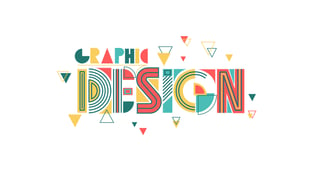
1. Increased Use of AI and Automation
Artificial Intelligence (AI) is already making waves in the design industry, from tools that automate repetitive tasks to those that generate designs with minimal input. In the next decade, AI is expected to become even more integral, offering:
Smart design assistants that help with layouts, color selection, and typography.
Automated A/B testing for digital campaigns.
Generative design tools that create countless variations based on a designer’s initial concept.
While AI will streamline workflows, it won’t replace creativity—designers will focus more on strategy and conceptual thinking, leaving mundane tasks to technology.
Graphic design is an ever-evolving field, and as we move further into the 21st century, the industry continues to be shaped by technological advancements, cultural shifts, and emerging trends. Over the next decade, we can expect significant changes that will redefine how designers work and how design impacts the world. Here’s a look at what the future holds for graphic design.
2. Immersive Experiences with AR and VR
Augmented Reality (AR) and Virtual Reality (VR) are set to revolutionize graphic design by creating immersive experiences. These technologies will allow designers to:
Develop 3D interfaces for AR applications.
Create virtual environments for branding and advertising campaigns.
Design interactive experiences that go beyond traditional screens.
As AR and VR become more mainstream, designers will need to learn new tools and techniques to cater to these platforms.
3. Sustainability and Ethical Design
With growing awareness of environmental and social issues, the next decade will see a shift towards sustainability and ethical practices in graphic design. This includes:
Using eco-friendly materials for physical designs like packaging.
Reducing digital pollution by optimizing file sizes and formats.
Creating designs that promote inclusivity and accessibility.
Brands will increasingly demand designs that align with their values, pushing designers to think beyond aesthetics and consider the broader impact of their work.
4. Personalization at Scale
As consumers crave more personalized experiences, graphic design will play a key role in delivering tailored content. Advanced data analytics will enable designers to:
Create dynamic visuals that adapt to individual preferences.
Develop hyper-targeted advertising campaigns.
Design customizable templates for brands looking to offer unique experiences to their audiences.
This trend will require designers to balance creativity with data-driven insights.
5. The Rise of Micro-Animations
Micro-animations—small, subtle animations that enhance user interfaces—are set to become a dominant trend. These animations improve user experience by:
Guiding users through digital interfaces.
Adding a sense of delight and interactivity.
Enhancing storytelling in branding.
With the growing demand for engaging digital experiences, micro-animations will become a staple in every designer’s toolkit.
Conclusion
The future of graphic design is bright, dynamic, and full of opportunities. By embracing new technologies, staying adaptable, and focusing on creativity, designers can thrive in this ever-changing landscape. As we look ahead, one thing is certain: graphic design will continue to shape how we communicate, connect, and experience the world around us.
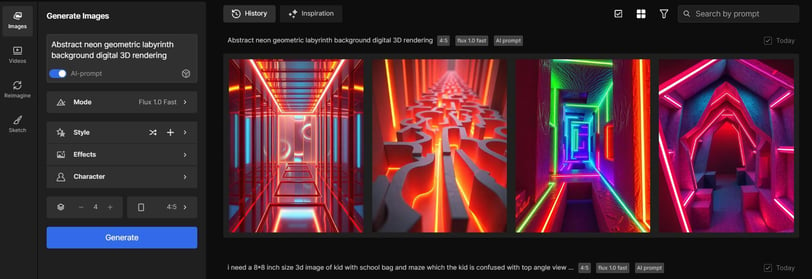

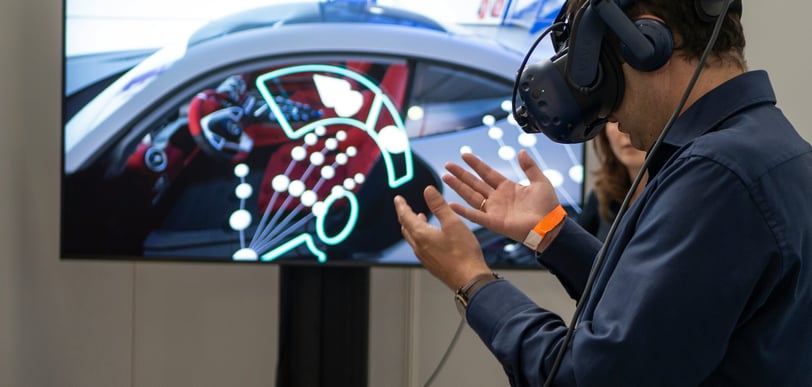





6. Collaborative and Remote Workflows
The shift to remote work, accelerated by the pandemic, has transformed how design teams collaborate. Over the next decade, we can expect:
Advanced cloud-based design platforms.
Real-time collaboration tools that mimic in-person brainstorming sessions.
AI-powered project management tools that streamline communication and deadlines.
These tools will enable teams to work seamlessly across time zones and geographies.
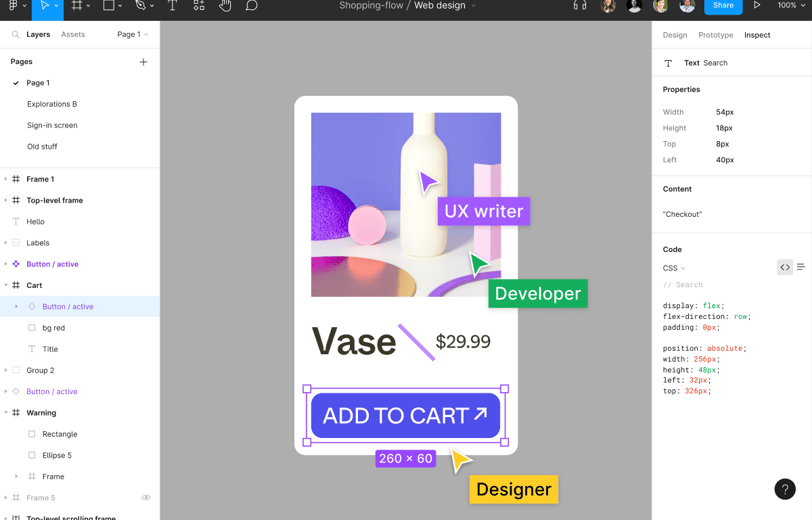

7. Emphasis on Typography
Typography will continue to evolve as a crucial element of graphic design. Future trends may include:
Variable fonts that offer greater flexibility and adaptability.
Typography designed for AR/VR environments.
Culturally diverse typefaces that reflect global influences.
As technology advances, typography will become more dynamic and interactive.
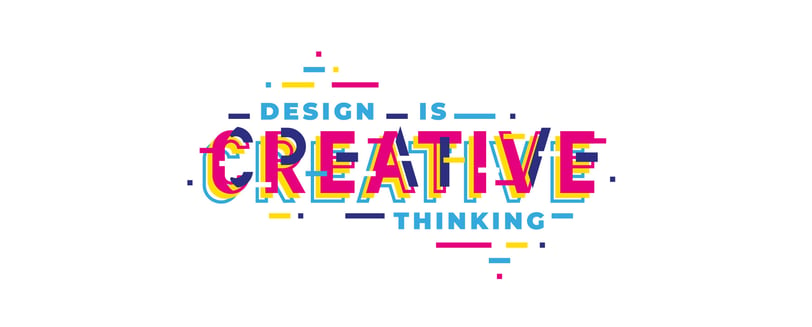

8. Designing for Emerging Markets
As emerging markets grow, there will be an increased demand for culturally relevant designs tailored to diverse audiences. Designers will need to:
Understand local languages, symbols, and aesthetics.
Adapt global brands for regional markets.
Create designs that resonate with different cultural contexts.
This trend will open up opportunities for designers to work on a global scale.
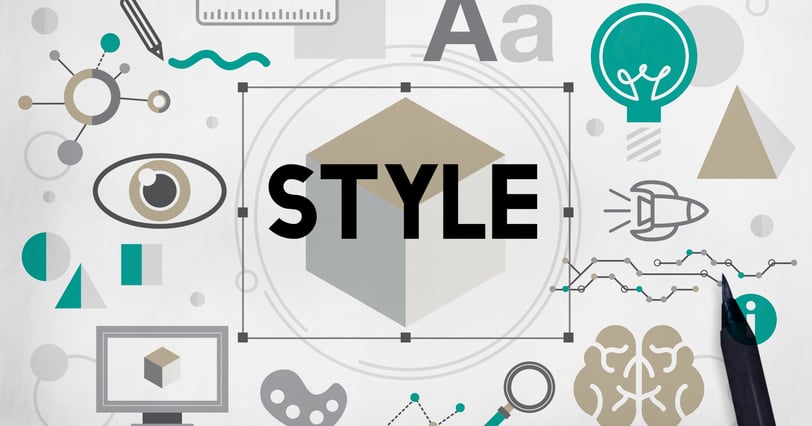

9. The Integration of Motion Graphics
Motion graphics are becoming increasingly popular across digital platforms, from social media to websites. In the next decade, they will:
Dominate advertising and marketing campaigns.
Enhance storytelling through dynamic visuals.
Be optimized for mobile-first platforms.
Designers will need to develop skills in video editing and animation to stay ahead.




10. The Continued Importance of Storytelling
Finally, storytelling will remain at the heart of graphic design. Whether it’s a brand identity, an ad campaign, or a social media post, compelling stories will drive engagement. Designers will need to:
Craft narratives that resonate with audiences.
Use visuals to evoke emotions and build connections.
Leverage new technologies to enhance storytelling techniques.





